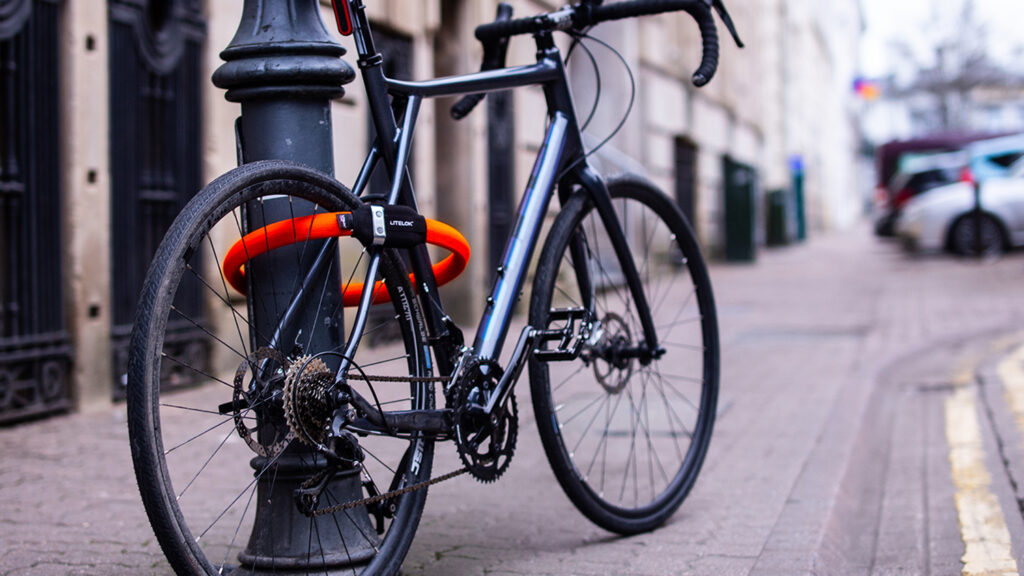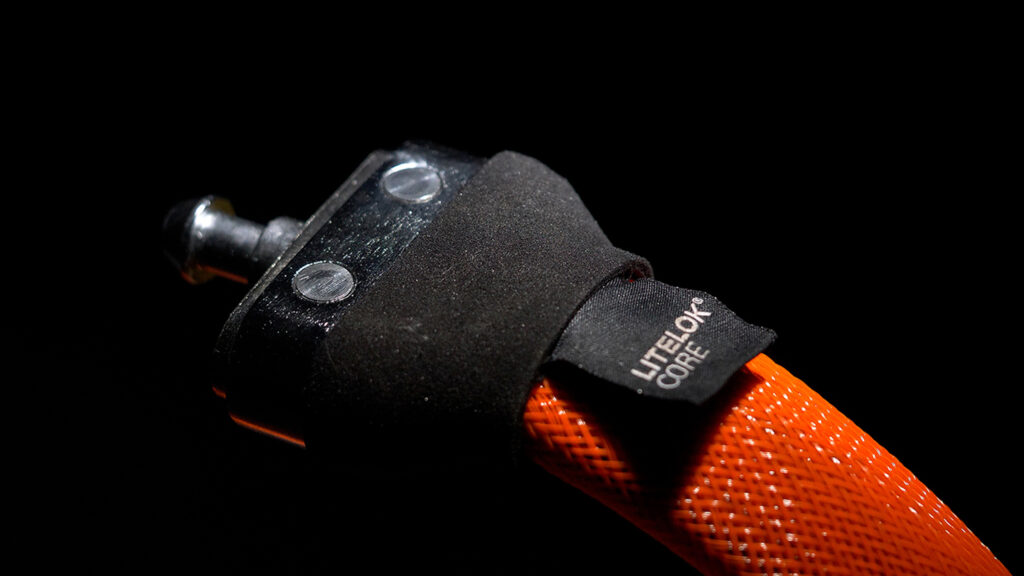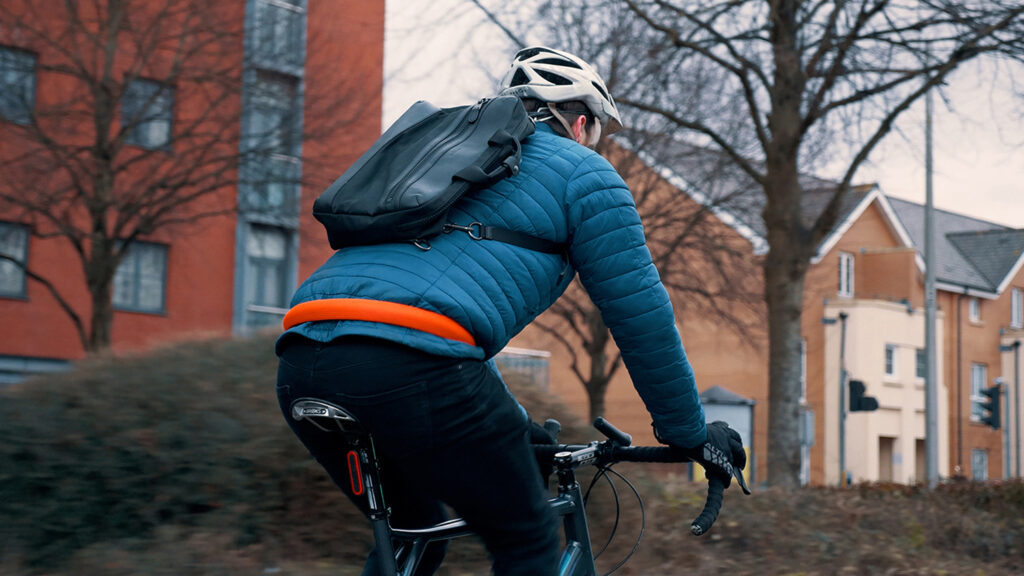LiteLok founder Neil Barron has watched as the global pandemic saw a boom in riders taking to two wheels – and more sinisterly, a sharp rise in bike theft.
A bike is stolen every 30 seconds in the US, and every 90 seconds in the UK – with no sign in slowing down.
To counter this, Barron designed the latest in LiteLok’s security product line-up – the LiteLok Core.
LiteLok developed a new material and construction partnership specifically for Core – Boaflexicore Plus – which begins its protection with a 24mm, layered, flexible security strap, covered in an abrasion resistant braided sleeve.
Next a bonded plant-based polymer provides the first line of defence whilst offering corrosion resistance and weather proofing. Beyond this, security beefs-up with 19mm interlocking hardened steel links, which act as an exoskeleton to absorb destructive energy during an attack, while encasing a high tensile steel core.
All the layers flex in sync to retain maximum flexibility without compromising on security.
The hardened steel locking mechanism case is attached using four marine grade stainless steel rivets to withstand drilling and torsion attacks.
Inside, a stainless steel structure resists attack from freeze spray and hammer blows, while a pick resistant disc detainer lock is tested to 5,000 open and close locking cycles.
This protection package somehow only weighs 1.9kg in its bicycles version, and 2.9kg for its beefier motorcycle edition – far less than products with comparative security grades (Diamond in the case of the bike lock).
For Barron, given the extreme mechanical challenges associated with the product, the product development relied on a system of empirical development.
“We operate in a ‘design-test-improve’ cycle for a lot of the initial concept stage before moving to development and integration,” he explains. “Each element has multiple design ideas and so we do a lot of drawing, CAD and making throughout.
“The final execution of the product is where optimisation of weight, cost and strength are carefully balanced.”

LiteLok’s team of five engineers utilise in-house CNC prototyping and 3D printing capabilities.
Over the course of the development, the team built, tested and broke 1,054 prototypes – with in-house prototyping allowing several iterations to be violated within the same day.
The design takes shape in Solidworks, with the team increasingly utilising the Solidworks FEA and analytical modules as well as CAM in order to take things through into manufacture.
Despite the use of FEA and animation to develop product and process respectively, Barron notes that there is however no substitute for making real parts in this industry.
“It is quite challenging to construct a mechanical system which balances high security with flexibility and relative low weight – this is a constant challenge but also a raison d’etre for us,” he notes.
“We are obsessive about quality and also user experience so we make and remake prototypes and production products until they are right.

“It’s slightly odd being in an industry where destructive testing is a daily necessity and so we are quite used to taking hours and even days to make something that we then break. But we know that we have to subject our products and technologies to the highest level of internal testing before we take them to external accreditation bodies.”
Following two successful campaigns on Kickstarter, the team returned to the platform to launch both editions of LiteLok Core.
While most campaigns rely on such platforms to help develop greater product development, LiteLok has already finalised the product design and passed independent security testing.
For Barron and the team, the support from crowdfunding will enable them to scale manufacturing and achieve delivery to customers within the following months – a much shorter timespan for backers to get their hands on the product.








